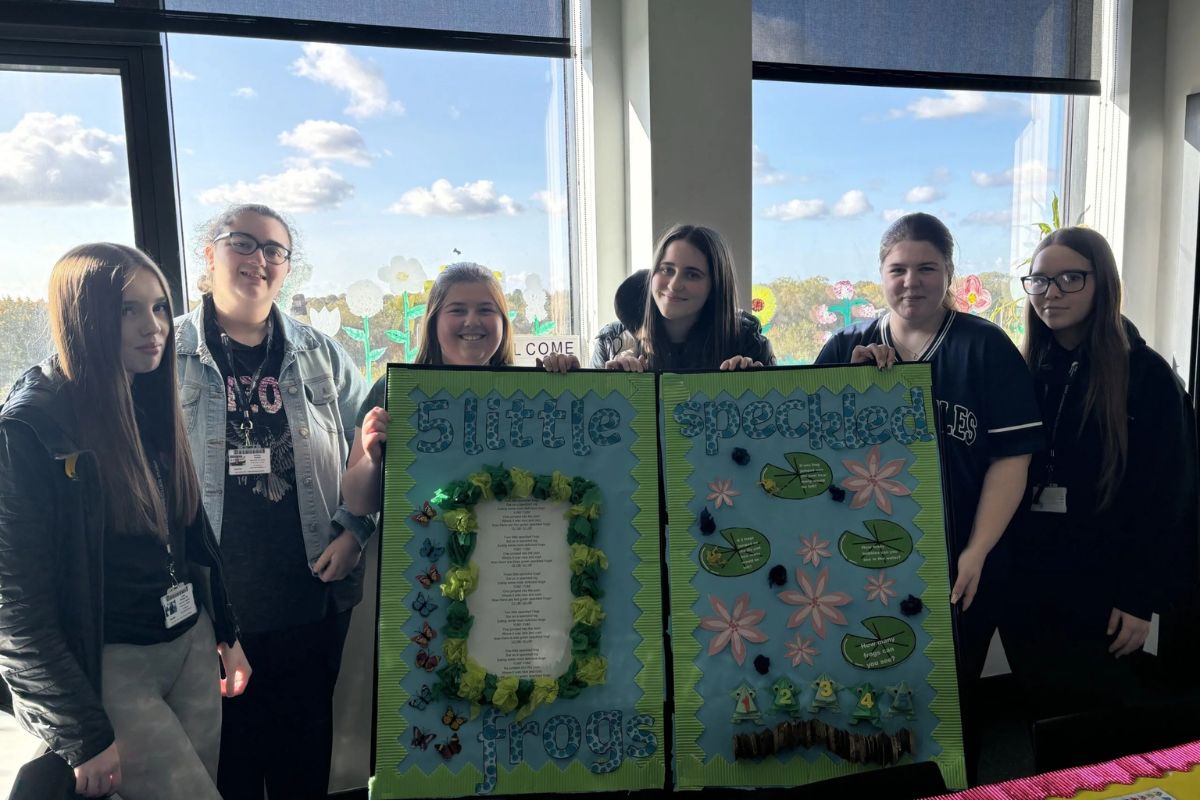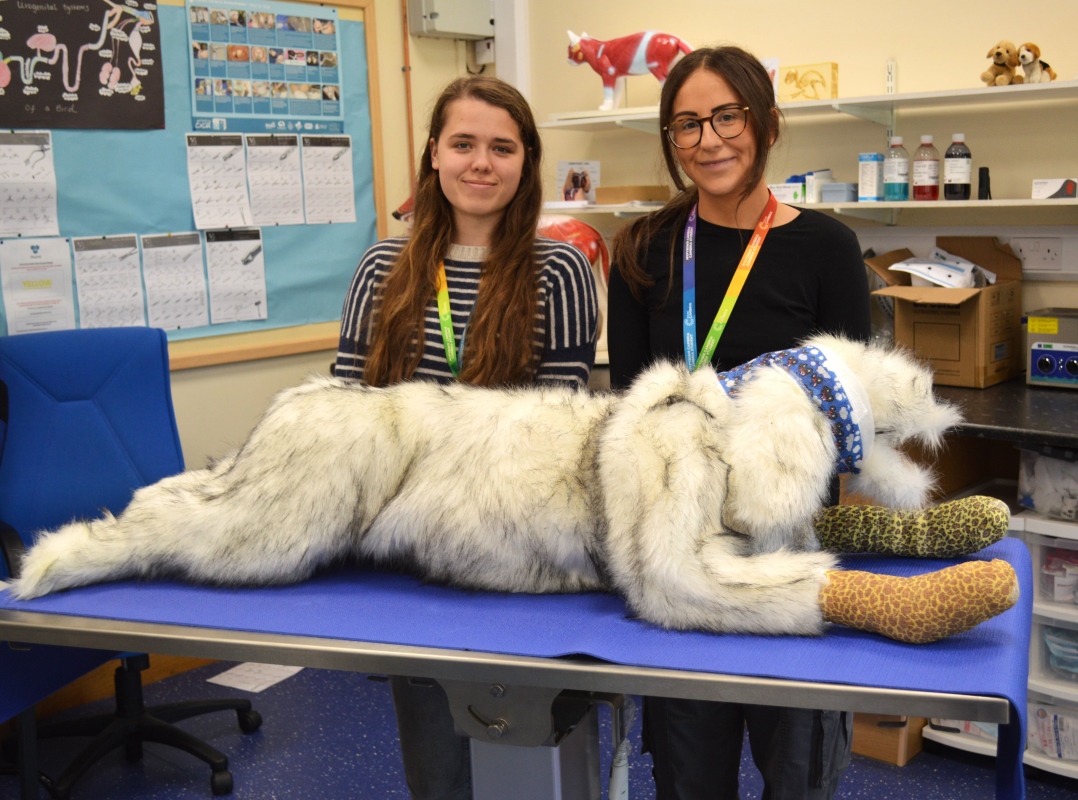Stained glass craftsperson

KSBs
Knowledge
K1: Basic health and safety requirements associated within the workshop and on-site, including COSHH legislation, risk assessment method statements, working at height, use of tools, materials and associated processes. Back to Duty
K2: The hazards associated with different materials and sustainable waste disposal processes. Back to Duty
K3: The importance and requirements of clear communication to staff team, clients and external colleagues. Back to Duty
K4: The context of each project through research and consider this in your working process. E.g. monetary, historical or cultural value. Back to Duty
K5: The developments of artistic styles, processes and materials as well as the wider architectural and historic context of stained glass within a particular building/setting. Back to Duty
K6: Appropriate research for each project and how to utilise a range of relevant and credible sources. Back to Duty
K7: The information required to be collected during site visits to enable project work to progress e.g. measurements required and how to use templates. Back to Duty
K8: The requirements for developing designs and which methods should be used to inform the designs e.g. knowing when to use a rubbing or a cut-line drawing. Back to Duty
K9: How to dismantle and assemble glass panels to ensure glass can be removed or replaced without damage. Back to Duty
K10: The importance of accurate documentation e.g. recording of positioning, damage and previous repairs. Back to Duty
K11: Materials commonly used in architectural glass windows including different types of glass e.g. flash glass, hand blown and machine-made glass. Back to Duty
K12: How to safely and correctly cut specialist glass using appropriate hand tools e.g. correct hand positioning when using glass cutter. Back to Duty
K13: Different storage and handling considerations for fragile/large/heavy glass panels. Back to Duty
K14: How to select and handle appropriate materials for fabrication. E.g. Lead types. Back to Duty
K15: How to cut and shape materials when fabricating. E.g. Lead or other materials. Back to Duty
K16: How to construct a large-scale architectural glass panel to maximize stability. E.g. lead matrix. Back to Duty
K17: Joining or soldering processes specific to fabrication. E.g. Stained glass fabrication or bonding techniques. Back to Duty
K18: The importance of correct waterproofing procedures and selection of materials. E.g. cementing or sealants. Back to Duty
K19: The importance of building and environmental regulations and security requirements for a window within an architectural context. Back to Duty
Skills
S1: Apply health and safety precautions associated within the workshop and on-site, including COSHH, safe handling and useage of tools, materials and associated processes, use of PPE, adhering to risk assessment method statements and complying with working at height legislation. Back to Duty
S2: Clearly communicate information to staff colleagues and external clients/stakeholders. Back to Duty
S3: Collecting, documenting and applying appropriate research for each project and utilising a range of relevant and credible sources including photography, sketches and note-taking. Back to Duty
S4: Accurately measure widths, heights, bar positions, lead profiles, etc. of openings e.g. using tape measures and fabricating templates of openings. Back to Duty
S5: Preparing accurate drawings and cartoons using measurements and templates taken on-site. Back to Duty
S6: Create rubbings using paper and wax method to faithfully reproduce original designs. Back to Duty
S7: Accurately and appropriately document existing condition of panel through photography, drawing and note-taking. Back to Duty
S8: Safely and systematically dismantle or assemble glass panels using the appropriate tools to ensure glass can be removed or re-assembled without damage. Back to Duty
S9: Safely and correctly cut specialist glass using appropriate hand tools e.g. glass cutter, using appropriate positioning for both hand and type of glass. Back to Duty
S10: Ensure correct storage and safe handling is used for fragile/ large/heavy glass panels. Back to Duty
S11: Undertake construction processes appropriate to project including preparation and cleaning. E.g. using a soldering iron for stained-glass or bonding glass elements. Back to Duty
S12: Application of correct waterproofing procedures, selecting correct materials. E.g. cementing or sealing. Back to Duty
S13: Select and handle correct specialist materials appropriate to the task e.g. flat leads, convex leads. Back to Duty
S14: Safely cut and shape specialist materials using appropriate tools. E.g. lead or glass Back to Duty
S15: Construct using appropriate methods depending on fabricating technique. E.g. lead matrices to maximize stability which ensures longevity. Back to Duty
Behaviours
B1: Awareness and proactive approach towards the legal health and safety obligations required in the workplace, both individually and towards others. Back to Duty
B2: Awareness of effective communication and teamwork within studio and external stakeholder engagements including appreciation of allied trades and how they all contribute to the project. Back to Duty
B3: A methodical and organised approach to collecting, clearly presenting and applying research. Back to Duty
B4: Maintaining accuracy and an eye for detail when conducting all work. Back to Duty
B5: Consistently selecting most appropriate methods and ways of working for each project. Back to Duty
B6: Maintaining systematic an organised approach to tasks. Back to Duty
B7: Respect and care of tools and equipment. Back to Duty
B8: Care and appreciation of the artefact being worked on e.g. sentimental, historic and monetary value. Back to Duty
B9: Appreciate own knowledge and skill levels and recognise when the situation may be beyond own capabilities. Back to Duty











Responses